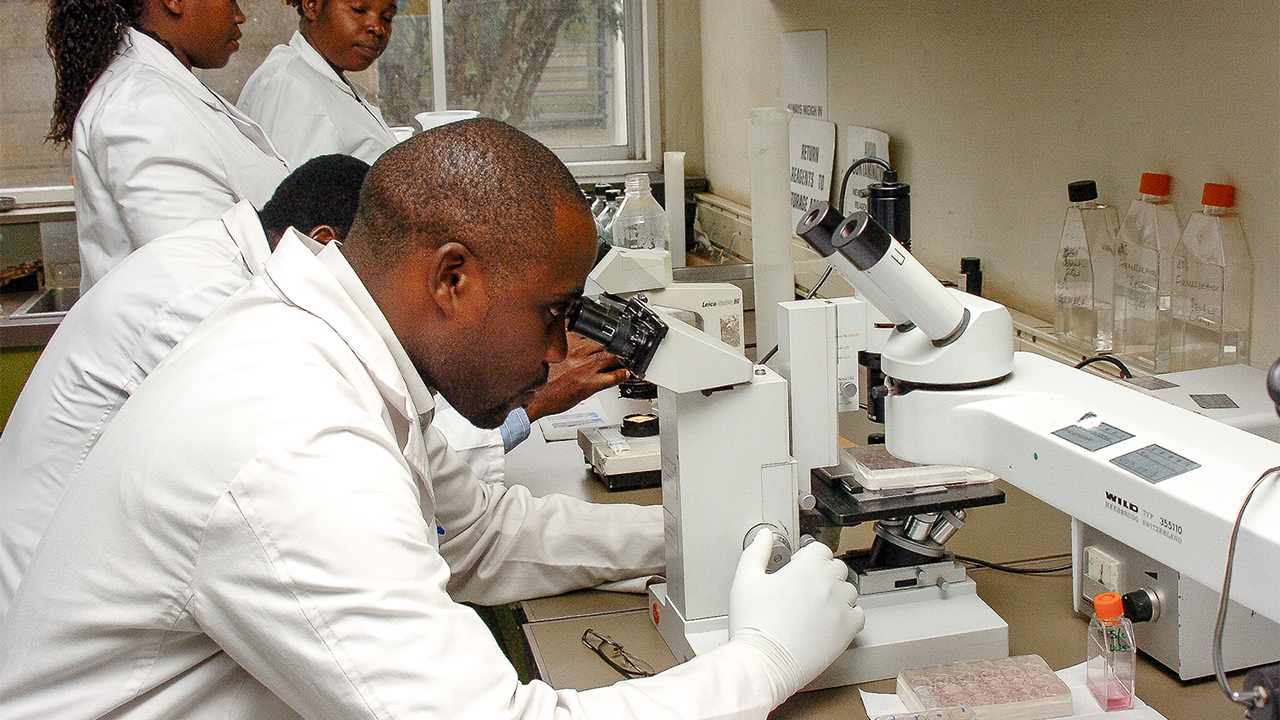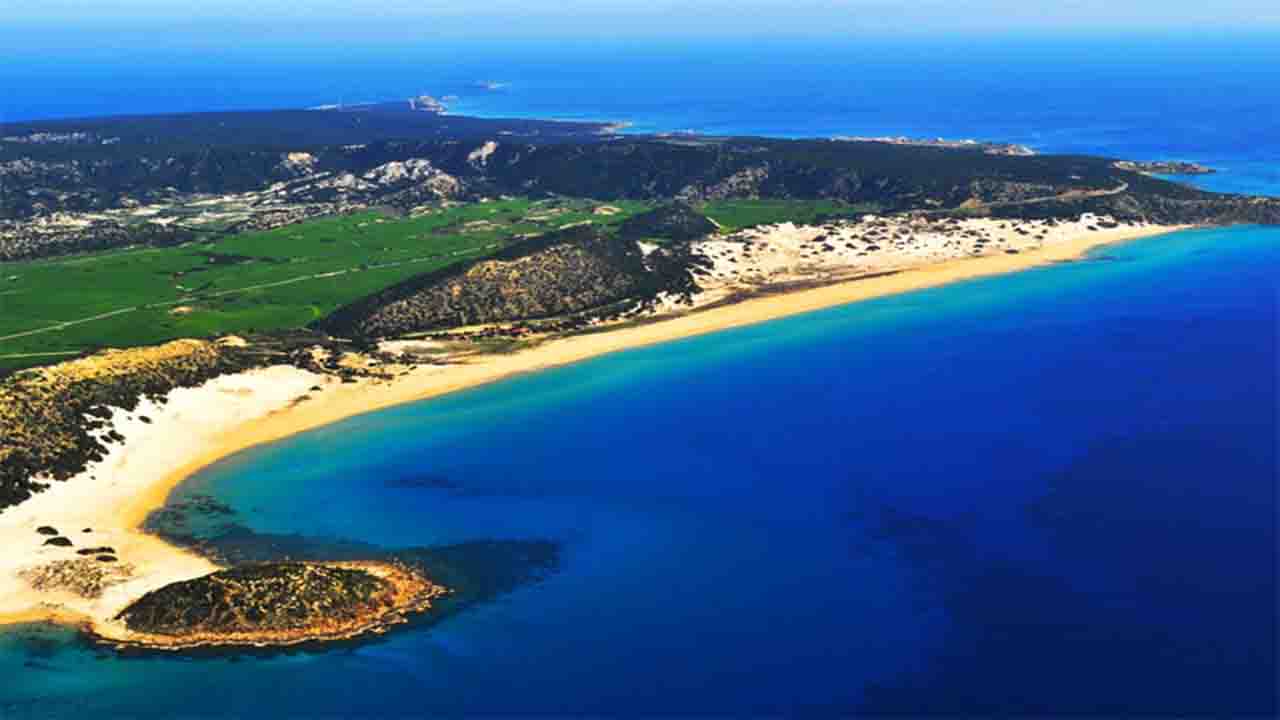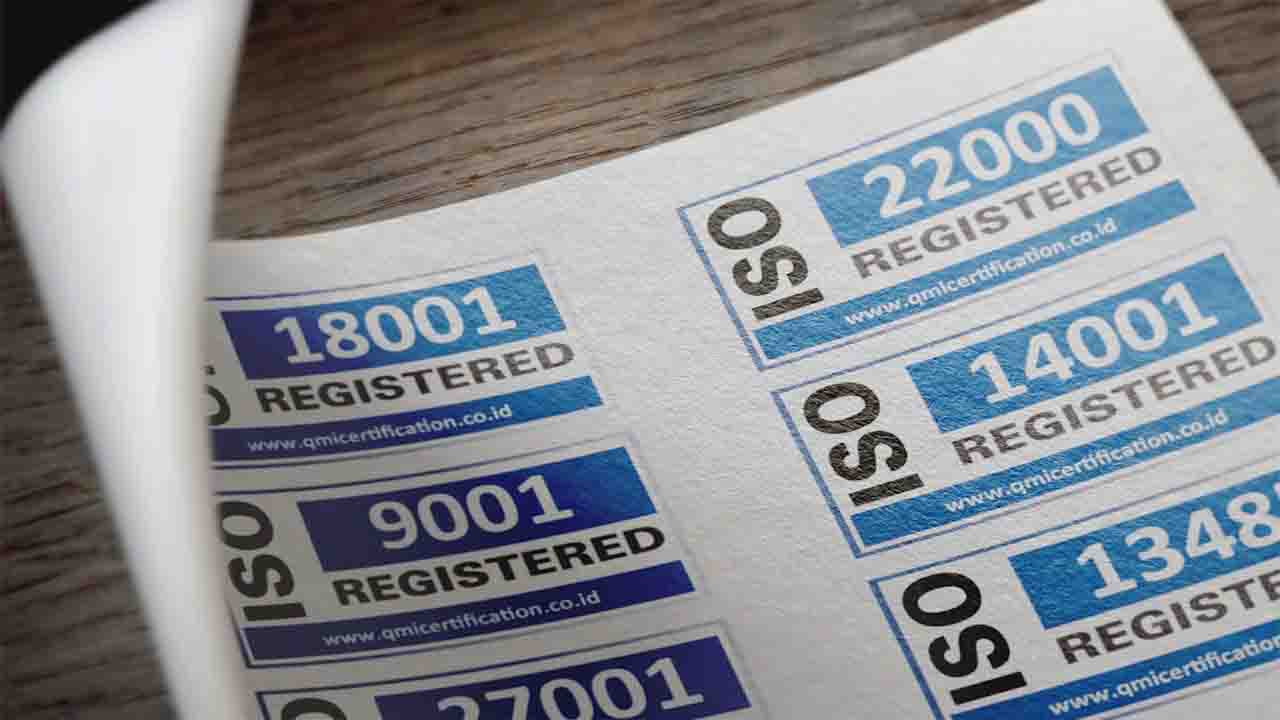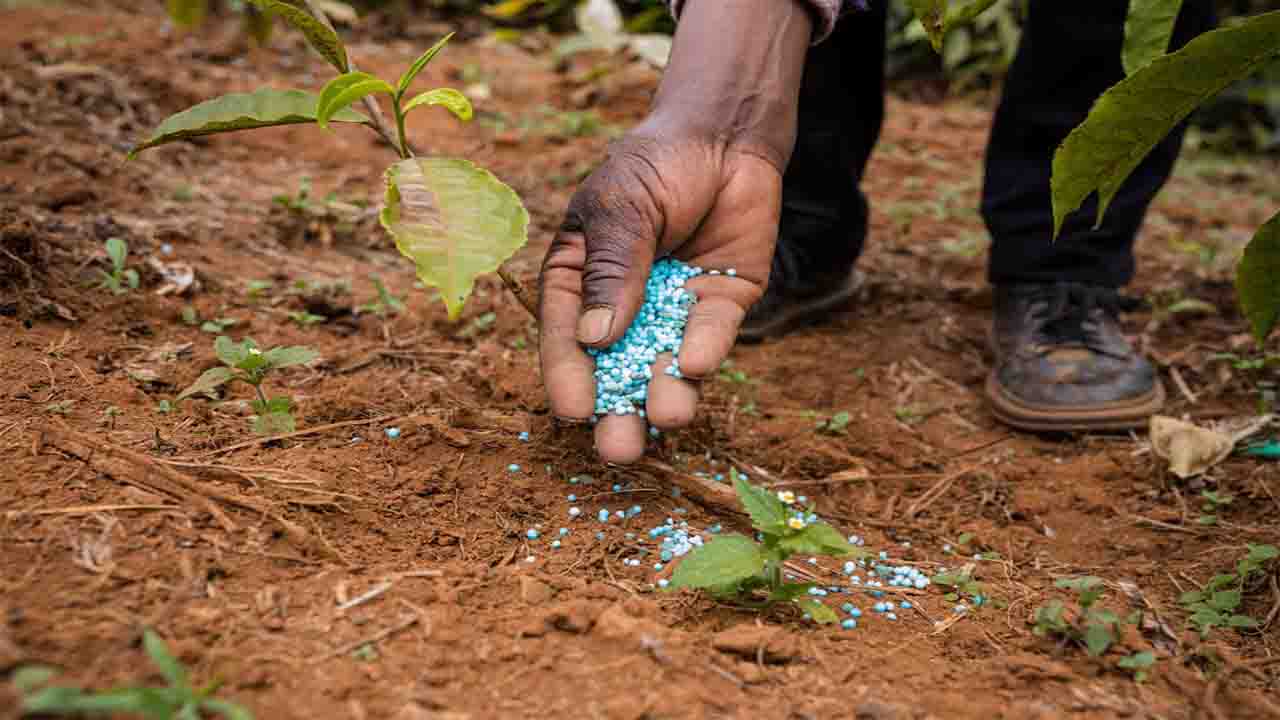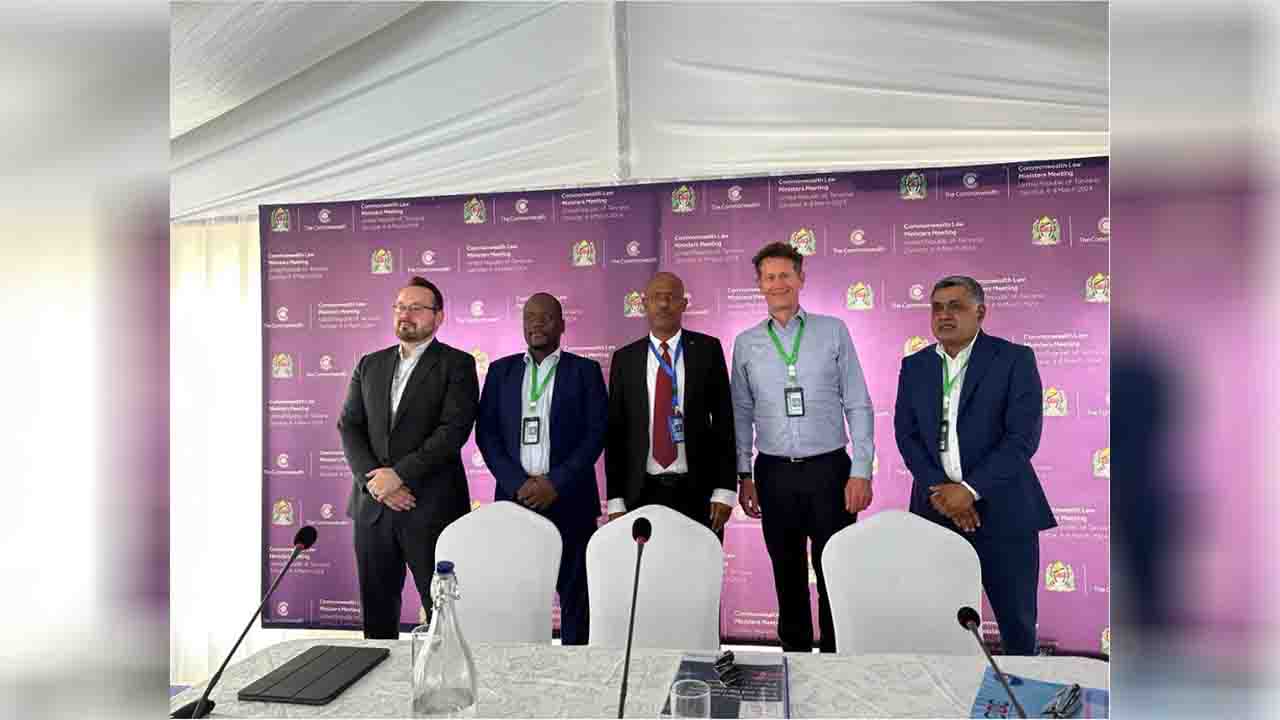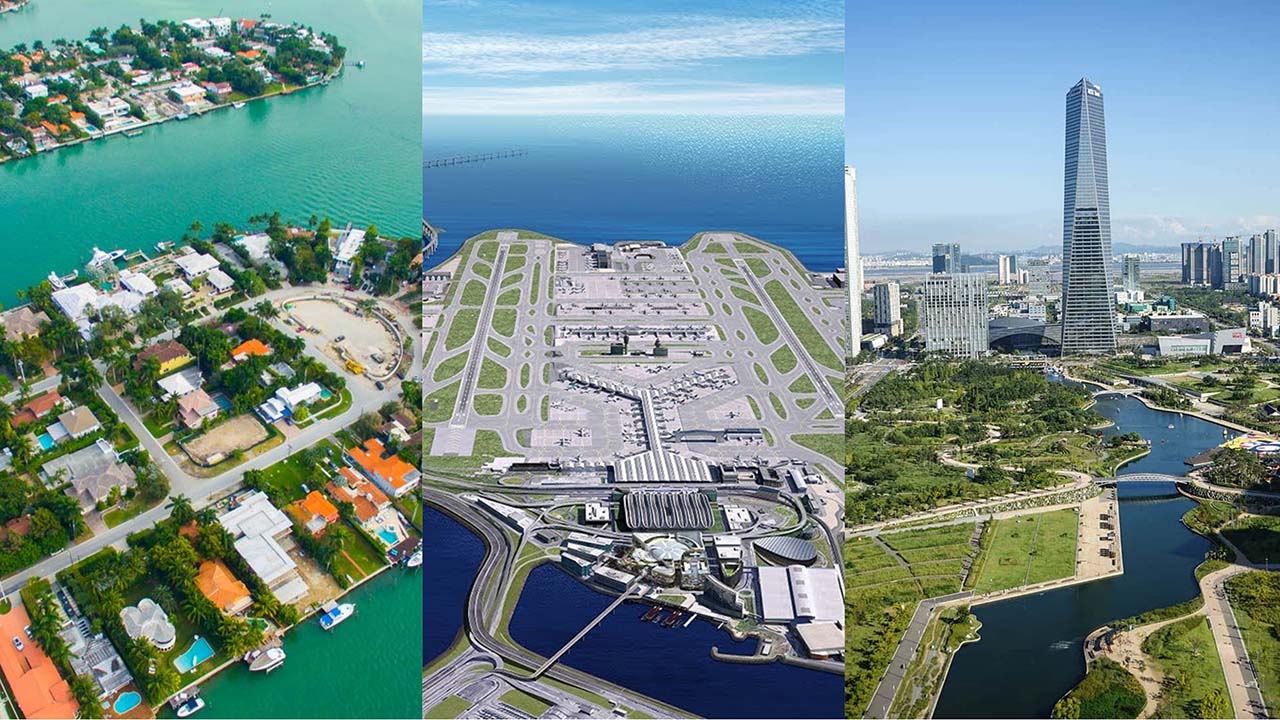By Kavinda Ratnapala.
Focusing on bilge dumping incidents in Sri Lankan waters, this essay takes a brief detour from the planned course of commentaries relating to bilge dumping and in doing so contextualises the realities of surveilling this illegal practice. For see here for part 1 of the series.
Special Note of thanks to Mitchelle De Leon and Teri Biebel from SkyTruth for their indispensable assistance in putting together this case and for sharing access to Alerts Mapping from which the maps were drawn.
- Within Sri Lanka’s Exclusive Territorial Waters 8 cases of bilge dumping have been reported from July 2020 to date.
- Closer to the ship the oil slick is narrower while the further the ship moves the greater the rate of dispersal. This is the greatest challenge for investigators of bilge dumping especially when satellite coverage is infrequent.
- The lack of programmes similar to Project Cerulean in other parts of the world is not proof of the lack of malpractices but is indicative of the need for greater localised surveillance.
- Ship operators are moving away from dumping in more surveilled waters in favour of the un-surveilled or less-surveilled parts of the world
- Awakening the conscience of the public is the first step to regulating and imposing local penalties.
As a returning reader of my previous commentaries will know I am presently in the process of writing a series concerning the illegal practice of marine bilge dumping. The choice of topic is a fortuitous one for it was a kind of a confluence of two separate but deeply interconnected topics of interest that led me to learn more about the practice of bilge dumping. For the sake of brevity, I will skip a discussion of the aforementioned topics for a later time, so I may get to the case at hand. As I mentioned in part one, the greatest challenge in commenting on this topic let alone analyzing the problem at hand is the paucity of information across the board. This also makes the environmental malpractice considerably harder for the general public to grasp let alone regulators to even imagine tackling.
It is because of this perceived gap I thought it was important, to situate the reader and seek information and examples to not only galvanize but also make the problem seem less intractable. Therefore, at the very start of my proverbial dive into the topic, I reached out to a satellite imagery-focused investigative outfit— an article from whom consequently spurred my initial interest in this shady practice— to seek their assistance and inquire as to any information they may have on incidents of bilge dumping in the Indian Ocean and more specifically my geography of greatest interest Sri Lanka and its territorial waters.
As a result of the information that recently came forward, I decided to take a temporary detour from the planned course of articles and share the information I discovered concerning incidents of bilge dumping in Sri Lanka’s territorial waters. But first a little bit of context.
Project Cerulean
Developed by SkyTruth, Cerulean is a machine learning model that scans thousands of satellite images each day and detects oil slicks on the world’s oceans. The imagery used for the study is drawn from Sentinel-1A and Sentinel-1B satellites which beam long-wavelength radar—with the ability to travel through the atmosphere largely undisturbed—which bounces back up from the surface providing a bird’s-eye view of the earth. Through this programme at present 90,000,000 Km2 is mapped daily. However, while Cerulean is critically lifting the shroud surrounding bilge dumping, as at the writing of this article, it does not paint a complete picture of the practice in many parts of the world. As seen here in Figure 1. which is a coverage map of the two Sentinel-1 satellites, the majority of the world’s coastal oceans are surveilled less than once a day with the deep oceans not covered at all.

Figure 1 clearly shows that in addition to Sri Lanka’s oceans—which is the focus of this case study—much of the world’s oceans when surveilled are only mapped once or even every other day. This is consequential, for bilge dumping ships have been shown to engage in the practice on the high seas where evidence is harder to come by and the web of maritime legalese, which will be covered in the succeeding articles, provides additional cover to further engage in the practice. Therefore, the evidence though shedding light continues to cast a long shadow that obfuscates and as such, does not provide a complete account of the extent of the bilge dumping especially in the areas of the world in Figure 1 which are shaded in blue or white.
The reason for this befogging is the dilution and then spread of bilge over time, which is in turn impacted by oceanic weather patterns which can both expedite or slow down the inevitable dispersal. This delay, thus, inhibits the capture of evidence by the satellites which is further compounded by their infrequent coverage. This dispersal is best captured in Figure 2.

The white shimmering star-like dot signifies a ship identified to be engaging in bilge dumping. Closer to the ship the oil slick is narrower while the further the ship moves the greater the rate of dispersal. This is the greatest challenge for investigators of bilge dumping especially when satellite coverage is infrequent. Figure 2. according to SkyTruth can be categorized as a Recent Slick as it is delimited and have a lot of the visual characteristics that would make an oil slick obvious to an observer making it easier to attribute a potential source vessel. Typically these slicks are categorised as having occurred within a 6-hour window from the point of satellite capture. Old Slicks, by contrast, are those captured between the 6- and 24-hour mark and as such are typically more difficult to identify. They provide less powerful imagery for demonstrating environmental abuse. Figure 3 is an example of an image which can be assigned as an Old Slick due to the very nature of the image described.

Sri Lanka in Focus
Over the past two years from within the limitations mentioned above, Project Cerulean has been able to identify eight cases of bilge dumping in Sri Lanka’s territorial waters. See Figure 4 for the locations marked in yellow. Of these, six were incidents which were captured after the critical 6-hour window where evidence of bilge dumping is strongest enabling identification of the infringing vessel. Two of the events were within the 6-hour window with only one incident having led to the association with a vessel (see Figure 6). While in similar cases, especially in European waters, the Automatic Identification System (AIS)—a radio frequency broadcast, equipped with GPS that is mandatory on almost all large ocean-going vessels—would be used for real-time vessel identification which is elementary to any assignment of blame and prosecution. In the single instance over the past two years in which a ship was captured in Sri Lanka’s territorial waters within the critical window, an AIS match was not forthcoming.



On the 23rd of March 2021, an older oil slick was identified off the eastern coast of Sri Lanka (See Figure 7). While this was another bilge dumping incident captured after the critical 6-hour mark. It is illuminating to note the extent and distribution of the oil spill. While there is no data on the volume of oil released nor is it certain if the spread marked in red is from a single vessel or many, the breadth and scale of the visible extent of the slicks are truly staggering. Using the scale on the map it is evident that on the 23rd of March 2021 there were oil slicks which spread for more than 100km, in the coastal waters and critically fishing grounds of the artisan and nearshore fishermen who rely upon these fishing grounds for their livelihoods.

Takeaways
It is clear and beyond doubt that bilge dumping is not simply a European phenomenon as the Sentinel-1 satellite images were sourced from the European Space Agency and central to the programmes of the European Maritime Safety Agency and its CleanSeaNet (CSN) programme. CSN uses the Sentinel-1 Satellites to monitor for marine oil spill detection. The lack of similar programmes in other parts of the world is not proof of the lack of such malpractices but is indicative of the need for greater localised surveillance.
A keen observer of Figure 1 will have noted that European waters are captured more than 1000 times a day by the Sentinel-1 satellites. As European waters are highly surveilled—shippers knowing this fact—it is possible that bilge dumping is intensifying in the less surveilled parts of the world. With regulation weak at best and not present at worst, outside of Europe. The open-sourcing of the Sentinel -1 satellite’s data is critical to bridging the gap in the intervening time.
Through the efforts of third parties such as SkyTruth. The accumulation of visual proof through programmes such as Cerulean is critical to awakening the conscience of the public which is the first step to regulating and imposing local penalties. This is critical for as will be made clear the commentaries that follow the subversive nature of bilge dumping leads to far worse environmental outcomes due to the repetitive nature and scale of the practice as opposed to accidents such as the sinking of the MV X-Press Pearl. Dubbed the “Worst maritime disaster to have struck Sri Lanka” the sinking of the MV X-Press Pearl off the coast of Colombo, captured the island’s headlines in 2021. The highfalutin claims surrounding the MV X-Press Pearl as you will come to see in comparison to the insidious nature of bilge dumping is a result of a failure of the imagination and the inability to conceptualise willful nature of the latter.
The environmental abuses that bilge dumping causes have far-reaching socio-economic and environmental consequences and unlike the MV X-Press Pearl is not an accident. But the conscious choice of ship operators. Who are now actively moving away from dumping in more surveilled waters in favour of the un-surveilled or less-surveilled parts of the world. The present evidence from Sri Lanka’s territorial waters makes a strong claim towards this fact. It is clear that as the Indian Ocean does not have a dedicated programme similar to CleanSeaNet, countries of the region will have to continue to rely upon the charity and goodwill of third parties such as SkyTruth, should local governments continue to claim ignorance. However, while such actors are critical for placing the spotlight it is as far as they can go for in the end it is only the local governments who may apprehend and prosecute these criminals of the commons.
Should this article interest you or wish to access more information from the incidents of bilge dumping via the Cerulean Alert System please feel free to contact me.
The next entry into this series (Part 3) covers the after-effects of bilge dumping and its material consequences.
This is the second entry in a series of commentaries on illegal bilge dumping. You can read Part 1 of the series here.
To access the full portfolio of articles, see here.
Kavinda Ratnapala, has worked in a range of Corporate and Not for Profit roles from which he ideates and writes in the Sustainability and Governance space whilst occasionally dabbling in geopolitics of interest. He holds a Master in Environment and Sustainability with a Bachelor in International Relations.
You can email the author at kavindareads@gmail.com or find him on Twitter under the handle @kavinda937 or connect on LinkedIn.
END




